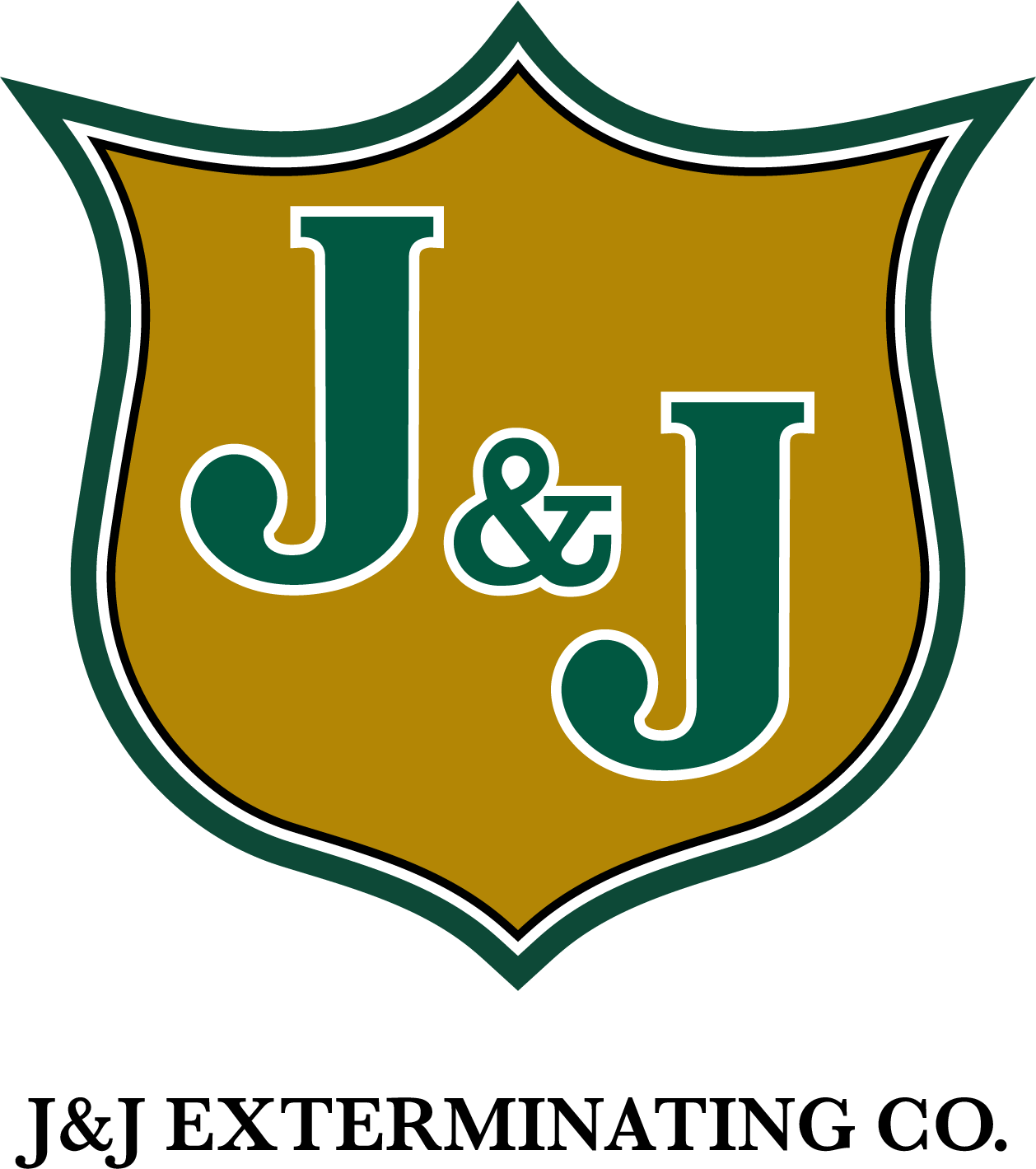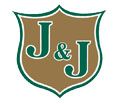Subterranean termites are the termites that most people are familiar with, as these destructive insects are the most widespread and destructive group of wood-eating pests in the United States. Experts say that 80 percent of all annual termite control and damage repair costs can be attributed to subterranean termites. Unlike drywood and dampwood termites, subterranean termites can be found in every US states except for Alaska, and Louisiana is home to five subterranean termite species. Subterranean termites infest homes from the ground up, as they dwell within soil where they encounter wood scraps, plant matter, dead trees, tree stumps, and sometimes, houses. Cosmetic and/or structural wood that makes contact with the ground-soil provides subterranean termites with convenient access to an endless source of appetizing wood within a home.
Today, housing codes require that new houses be built in a manner that provides subterranean termites with the fewest entry points into a home as possible. Numerous other anti-termite housing design specifications have become law, which has certainly helped to reduce the annual number of subterranean termite infestations. However, drywood termites in the south and southwest US invade homes as winged termite swarmers (alates), and not from the ground up like worker termites in subterranean colonies. Louisiana is home to four drywood termite species, and pest control professionals in the state are often asked where on a home do winged termite alates usually gain access indoors.
Unlike most subterranean termites species, drywood termites infest both softwood and hardwood, and they can make initial contact with a home in a variety of places. The most common entry points that drywood termite alates use to enter homes include attic vents, beneath roof eaves, door frames, window frames, the ends of rafters, exposed beams, fascia boards, trim wood, bottom boards of wood siding, foundation beams and floor joists. The chemicals and/or electronic equipment, like microwaves and heat-conductors, used to treat drywood termite infestations can only be legally used by pest control professionals, so DIY control efforts do not end well.
Have you ever spotted a termite swarm near your home?
Tags: Termites



